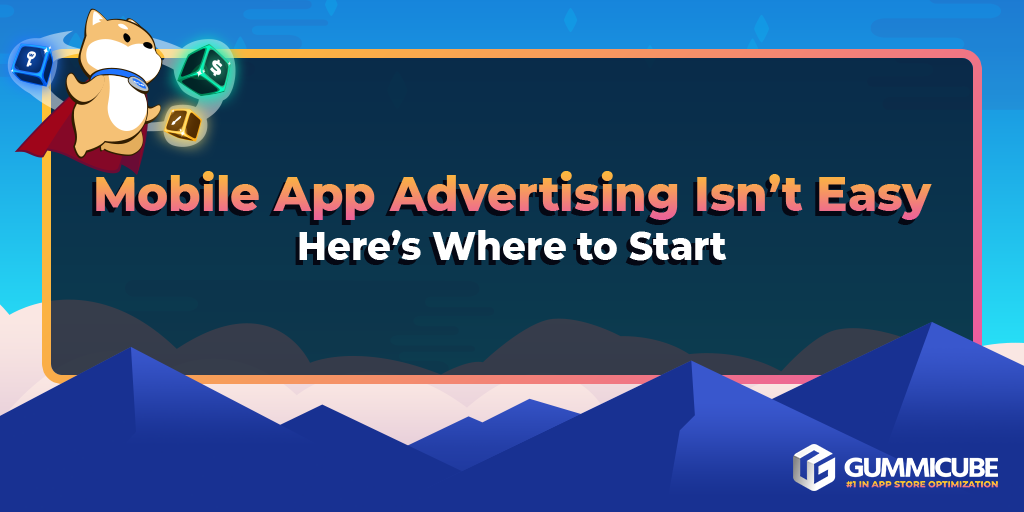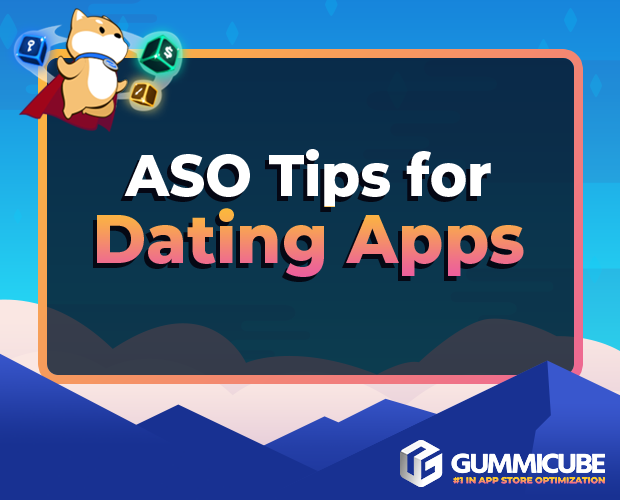Mobile app advertising isn’t easy – here’s where to start
Dave Bell, Co-founder and CEO of Gummicube, offers advice for companies looking to market crypto apps in the app stores.
 Marketing a mobile app isn’t necessarily a straight line. What works for one app may not work for another. Marketing strategies also vary across the vast array of categories we see on the app stores. However, categories are just the beginning – stages of the app lifecycle should also prompt consideration.
Marketing a mobile app isn’t necessarily a straight line. What works for one app may not work for another. Marketing strategies also vary across the vast array of categories we see on the app stores. However, categories are just the beginning – stages of the app lifecycle should also prompt consideration.
Pre-launch stages and apps in maturity require different growth strategies. From user acquisition to retention, sometimes the answer may not seem too clear to us in the beginning.
App Store Optimization (ASO) is the start of any fruitful mobile app marketing growth plan and its effects can help an app at any point in the lifecycle, but what about other forms of mobile marketing? Where is the “right” place to start? The answer is simple – ASO.
What is App Store Optimization (ASO)?
App Store Optimization, or ASO for short, is the process of improving organic discoverability and app ranking on the app stores. The process involves regular updates, iterations, and improvements of app metadata and creative sets on Google Play and the Apple App Store:
App Metadata & Keywords
- App name or title
- App short description or subtitle
- App full description
App Creative Set
- App screenshot set
- App store icon
- Feature video
App Store Optimization often goes by ASO advertising, app SEO (search engine optimization), organic app marketing, and mobile app promotion. However, ASO goes beyond app store keyword optimization – it’s metadata, creative and even paid mobile user acquisition optimization.
ASO marketing helps apps grow throughout their entire app lifecycle, and it’s one of the first steps a mobile marketer can take to start marketing an app right from the beginning. This allows an app to grow continuously over a long period of time. The primary purpose of ASO is to build an app organically, which in turn improves external marketing return on investment (ROI).
How does ASO work to improve mobile app marketing spend?
The process of ASO is a very laddered approach to growth: through every additional update or iteration, your app performs better organically than the last. This process often involves A/B testing app store screenshots with ASO technology, updating keywords for changing user behaviors, and ultimately, improving paid campaign performance.
The app stores rank your app based on relevance for a particular keyword in your app listing. Keywords get indexed across both Google Play and the App Store differently; however, both stores determine your relevance for a search query the same. While screenshots and other creative assets don’t get indexed in this process, they are your conversion/download drivers.
To illustrate, let’s say a voice-altering app decides to target the keyword phrase, “sing app”. The app stores then algorithmically see how many users click that app when they search with that phrase. The more clicks they get for that keyword phrase, the more they prove to the algorithm their relevance for that keyword. The more taps they receive, the better they rank for that keyword.
Can ASO help with external campaigns on social media?
Social media marketing can be an effective form of marketing your mobile app. Apps across different categories often see tremendous successes using external marketing channels like Facebook, Instagram, YouTube, TikTok and other popular platforms. They enable developers and mobile marketers to hyper-target specific audience segments.
When a mobile marketer runs an external campaign, they can send more targeted messages about features to an audience that’ll be most receptive to them. The introduction of Custom Product Pages (CPP) on the App Store or Google’s LiveOps has made that more possible, but external captures an inadvertent audience who may not be going out of their way to go to the app stores.
Mobile games, organizational and lifestyle apps do particularly well with video marketing on social media. Some apps even reach a virality quotient that helps them gain organic traffic on the app stores through word-of-mouth and earned media. However, ASO helps maintain discoverability when the app campaigns are over. This is an essential step in sustaining the effects of paid campaigns because users should still be able to recall your app name, category or other distinguishing factors.
Overall
The clear choice for improved app growth and better marketing ROI is an App Store Optimization strategy. Starting with an organic growth action plan not only maximizes the potential for organic growth, but also supports paid advertising efforts in more ways than one. Across categories, lifecycle, growth rates and more, ASO helps us best adapt to the ever-growing app store marketplace.
About the Author
Dave Bell is Co-founder and CEO of Gummicube. Gummicube is a global leader in App Store Optimization with more than 12 years of experience optimizing and marketing apps. We offer the leading enterprise ASO technology and agency services, providing support to clients around the world. Our company is trusted by thousands of enterprise brands and leading startups including Microsoft, LinkedIn, Bethesda, SWEAT, GrubHub, McAfee and many others.







